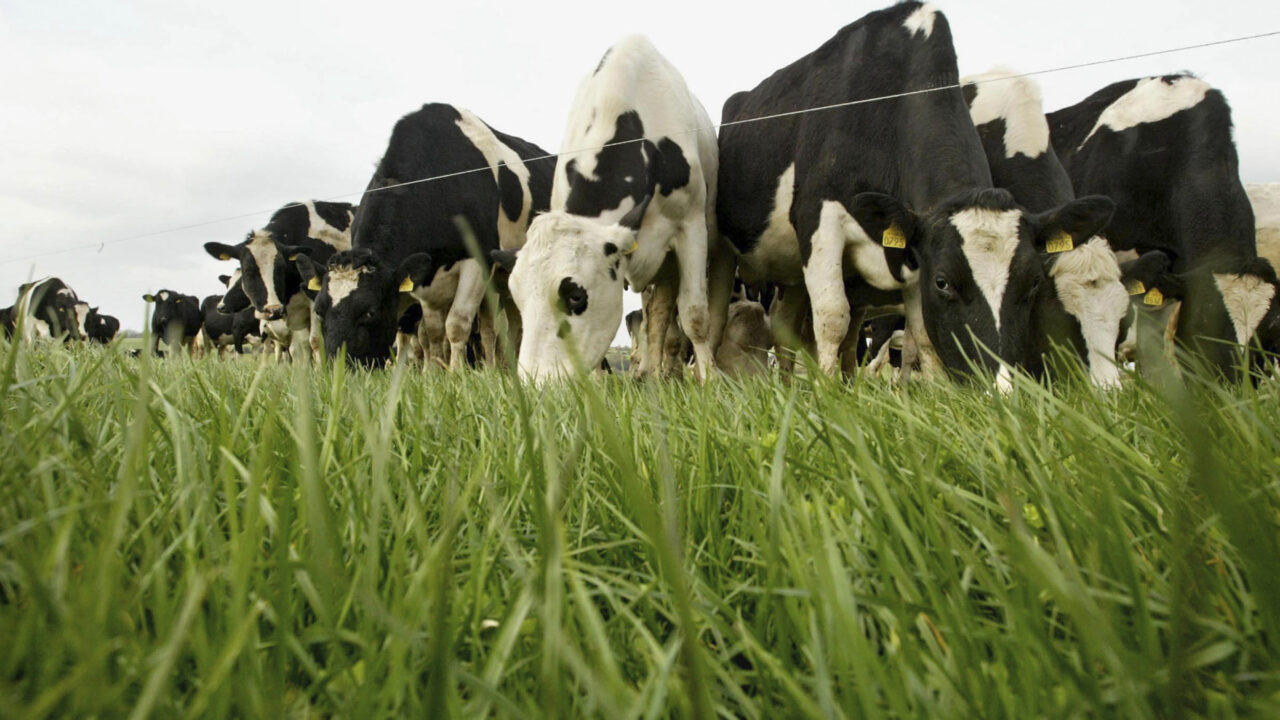The View from Teagasc: To scan or not to scan? That is the question facing many suckler farmers at present. In recent years, the number of suckler cows being pregnancy scanned has fallen sharply as farmers strive to save cash and cut costs. However, the benefits of pregnancy scanning far exceed the cost of scanning.
If it is at least 35 days since the last cow in the herd could have been served then you should consider scanning the cows. It offers so many advantages that it is a vital tool used on well managed herds.
- It will tell you what is and what is not in calf. This will allow you the opportunity to take out empty cows, wean their calves that bit earlier and have these barren cows finished with some supplementation off grass. Finishing these barren cows (along with other cull cows) will save you fodder, money, time and shed space.
- Most scanners will be able to give you a good estimate of the number of weeks that each cow has gone in calf. We can use this information to predict the cows due date which will influence how she is fed, when she is to be vaccinated, (if you give a scour vaccine). It will also allow you to predict the peak calving period so that extra help can be planned or when you may need to take time off work.
- In the run up to calving, pregnant cows can be drawn out and penned according to their predicted calving date. At calving time, these cows can be moved into pens or loose housing closest to the calving boxes / area. Scanning allows you to identify late calvers, batch them together and feed accordingly. These predicted late calvers could be selected for culling next year when their calves have been weaned. There is also the option of culling these predicted late calvers NOW and selling them at the mart.
Other advantages
- Provided cows haven’t gone over 12 to 14 weeks in calf you may well be able to pick up if there are any cows carrying twins which will alert you to watch the condition of these cows in the run up to calving. It will also have you primed for what to expect at calving.
- It will sometimes show up cows that may be carrying an unviable embryo that for one reason or another is unlikely to go full term.
If the scanning reveals for example that more than 5% of your cows are empty then this may signify that there is a fertility problem in your herd. Maybe it was a bull issue or perhaps a mineral deficiency or a disease problem, either way, it should prompt you into investigating the issue further.
Cost
- The cost of scanning is approximately €5 per cow. However, the cost per cow is generally less for larger herds (20 or more cows) and where cows are all scanned together in the one location. A suggestion is that some farmers in the same locality (or in a discussion group) get together and arrange to have their herds scanned on the same day, thus reducing costs.
Summary
In summary, pregnancy scanning will tell you what is and what is not in calf, allowing you to cull barren cows. It provides information on what to expect and when to expect it, thus helping in the organisation of calving and labour requirements. It is a vital management tool for suckler herds.
Contributed by Anthony O’Connor, Teagasc Adviser, Galway/Clare Region.
Image courtesy of Shutterstock
